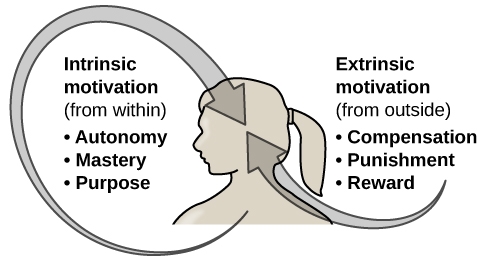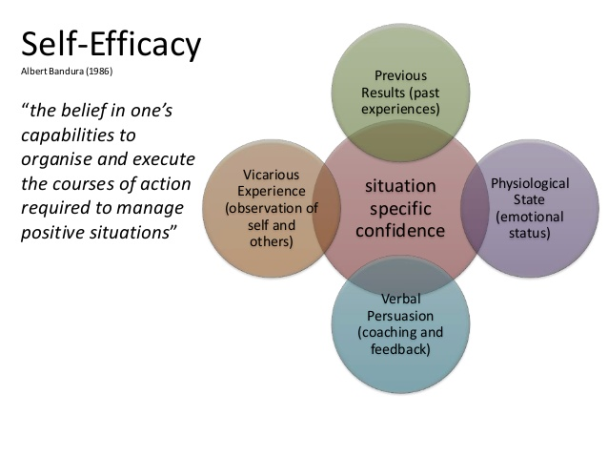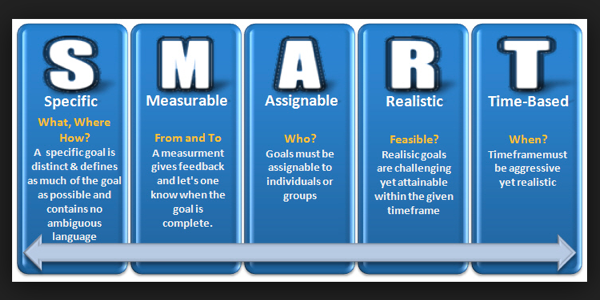— October 2, 2018
The Difference Between Extrinsic and Intrinsic Motivation
Regardless of who you are or where you are in life, we all need a motivational boost from time to time. Motivation can come from several sources but most people draw inspiration from extrinsic or intrinsic sources of motivation.
Extrinsic sources of motivation can come from outside forces. This can be from family members, taking on tasks for special rewards, or an encouraging speech from a motivational speaker. Intrinsic sources of motivation are forces that lead you to achieve goals based on the personal satisfaction or an internal desire to improve. Examples of intrinsic motivators can be, learning new skills, participating in competitions, or pursuing hobbies for its own sake without any sort of external reward.

Extrinsic motivators can be helpful once an individual has developed a strong foundation of intrinsic motivation. However, most people tend to neglect their inner motivator, and that could be a significant problem. You can’t always rely on external sources to inspire you because those options are not always available. Most importantly, most external sources of motivation are not sustainable and need to be constantly replenished. Internal motivation comes from within – your personal goals, values, beliefs, or mindset.
While it is important to draw inspiration from a combination of both extrinsic and intrinsic sources of motivation, drawing from a deep sense of intrinsic motivation can be more effective because it is derived from your own personal core of motivating principles. Intrinsic motivators tend to be more meaningful and thus, more sustainable. To unleash your inner-motivator, keep these 3 strategies in mind :
1) Develop A Strong Sense of Self-Efficacy

Self-efficacy is about believing in one’s own motivation, behavior, and confidence to achieve goals or to perform a particular task. How you think about yourself, your attitude and capabilities can have a profound impact on getting things done. People with a strong sense of self-efficacy:
- View problems or tasks as an opportunity rather than a setback.
- Have a deep sense of commitment to their passions, interests, and goals.
- Develop a strong positive mental attitude that helps them recover from misfortunes and disappointments.
- Believe in themselves and their ability to get things done.
2) Set Achievable Goals and Benchmarks
Setting achievable goals can be an effective strategy for unleashing your inner-motivator. Setting unrealistic goals from the jump can be demotivating and aiming too low might not be enough to challenge you. Start with tasks and goals that are within your skill-sets. Focus on things you know how to do well and gradually take on more responsibilities as you become more confident in your abilities.

3) Invest in Activities That Recharge Your Well-Being
Taking on tasks that recharge your inner-motivator could be activities that improve the lives of others, seeking positive interactions or activities with co-workers, or simply investing in your own physical and mental health. These activities will help you to unleash your inner-motivator and improve your intrinsic motivation because they recharge your motivational batteries and reinforce positive feelings that can help you to keep going.
Business & Finance Articles on Business 2 Community
(94)
Report Post



